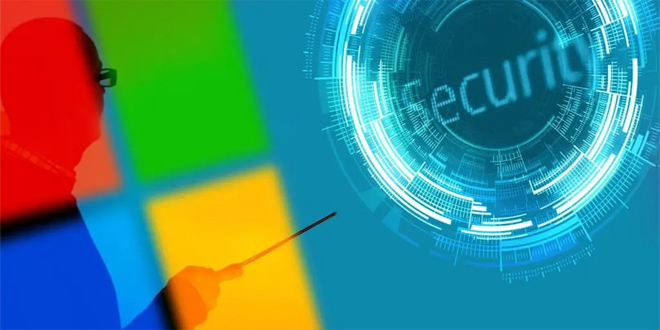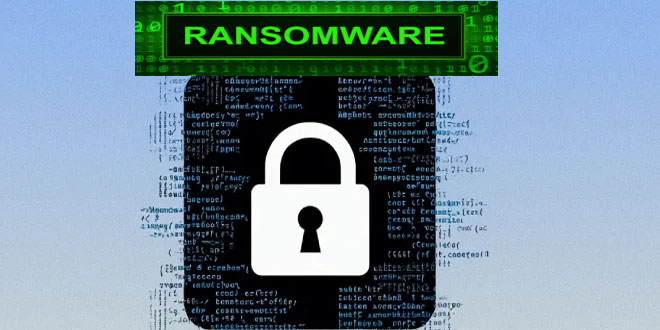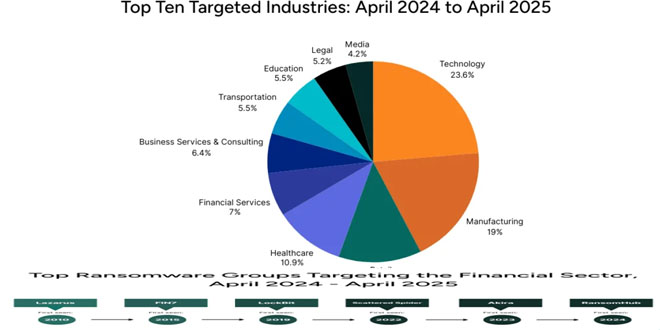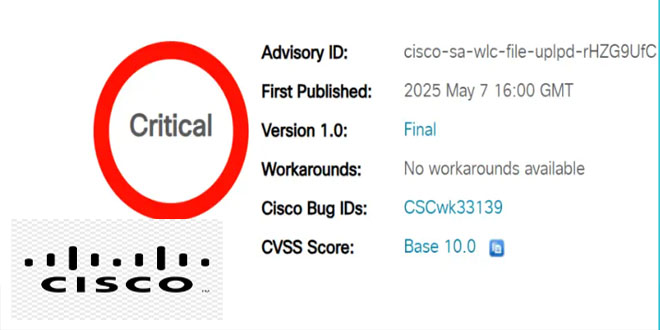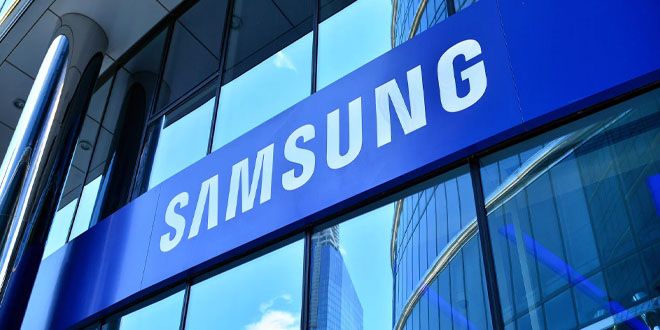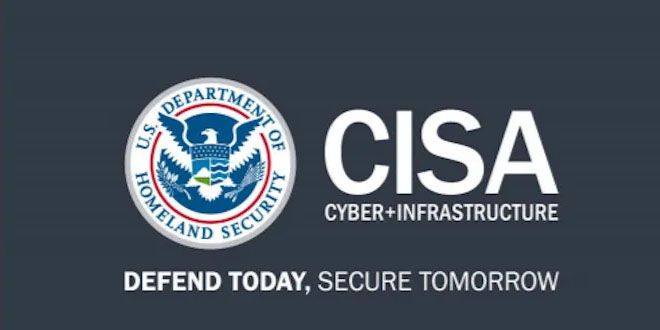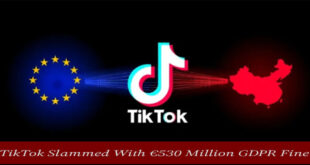The US Department of Health and Human Services (HHS)
has reported that threat actors have accessed sensitive health data of tens of millions of American patients this year.
The HHS reported a significant increase in “large breaches” and ransomware incidents to its Office for Civil Rights (OCR).
By infosecbulletin
/ Friday , May 9 2025
YouTube has restricted access to at least four Bangladeshi television channels in India following a takedown request from the Indian...
Read More
By infosecbulletin
/ Friday , May 9 2025
Microsoft has fixed critical vulnerabilities in its core cloud services, including Azure Automation, Azure Storage, Azure DevOps, and Microsoft Power...
Read More
By infosecbulletin
/ Thursday , May 8 2025
The cyber threat landscape is rapidly changing, with a notable increase in ransomware activity in April 2025, driven by the...
Read More
By infosecbulletin
/ Thursday , May 8 2025
SonicWall has released patches for three security flaws in SMA 100 Secure Mobile Access appliances that could allow remote code...
Read More
By infosecbulletin
/ Thursday , May 8 2025
From April 2024 to April 2025, Flashpoint analysts noted that the financial sector was a major target for threat actors,...
Read More
By infosecbulletin
/ Thursday , May 8 2025
Cisco has issued a security advisory for a critical vulnerability in its IOS XE Software for Wireless LAN Controllers (WLCs)....
Read More
By infosecbulletin
/ Wednesday , May 7 2025
Attackers linked to the Play ransomware operation deployed a zero-day privilege escalation exploit during an attempted attack against an organization...
Read More
By infosecbulletin
/ Wednesday , May 7 2025
Hackers are exploiting an unauthenticated remote code execution vulnerability in the Samsung MagicINFO 9 Server to take control of devices...
Read More
By infosecbulletin
/ Tuesday , May 6 2025
CISA added the Langflow vulnerability, CVE-2025-3248 (CVSS score 9.8), to its Known Exploited Vulnerabilities catalog. Langflow is a popular tool...
Read More
By infosecbulletin
/ Tuesday , May 6 2025
Google has released its monthly Android security updates, addressing 46 vulnerabilities, including one that has been actively exploited. CVE-2025-27363 (CVSS...
Read More
In 2023, there were more breaches compared to the previous year. Over 88 million individuals were affected, which is a 60% increase. According to the HHS, hacking was responsible for 77% of these breaches.
It’s unclear from the statement how many breaches stemmed from ransomware incidents this year, although it would appear to be a key driver.
ALSO READ:
“Bonk police” secure first place CTFBD at MIST
“Ransomware attacks are increasingly common and targeting the healthcare system. This leaves hospitals and their patients vulnerable to data and security breaches.” said OCR director, Melanie Fontes Rainer.
“In this ever-evolving space, it is critical that our healthcare system take steps to identify and address cybersecurity vulnerabilities along with proactively and regularly review risks, records, and update policies. These practices should happen regularly across an enterprise to prevent future attacks.”
A recent report by Sophos showed that 60% of healthcare organizations surveyed had experienced a ransomware breach in the past year. This is a slight decrease compared to 2022 when the number was 66%. However, in 75% of these incidents, the data was successfully encrypted. Healthcare organizations were only able to stop an attack before data encryption in 25% of cases, which is lower than the previous year’s 34%.
Ransomware attacks pose a serious threat to health and safety, according to Jan Lovmand, CTO of BullWall.
“These attacks not only disrupt the delivery of essential medical services, postponing critical surgeries and treatments and putting patients’ lives at risk, but also compromise the security of sensitive patient information,” he added.
“Hospitals and healthcare organizations are particularly attractive targets for cybercriminals, and their reliance on technology to manage everything from patient records to surgical equipment makes them uniquely vulnerable. This is compounded by their limited resources to invest in cybersecurity measures.”
 InfoSecBulletin Cybersecurity for mankind
InfoSecBulletin Cybersecurity for mankind



